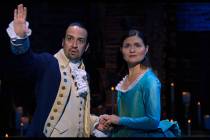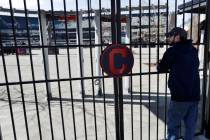With Spider-Man swinging back into theaters, a look back at his history on screen
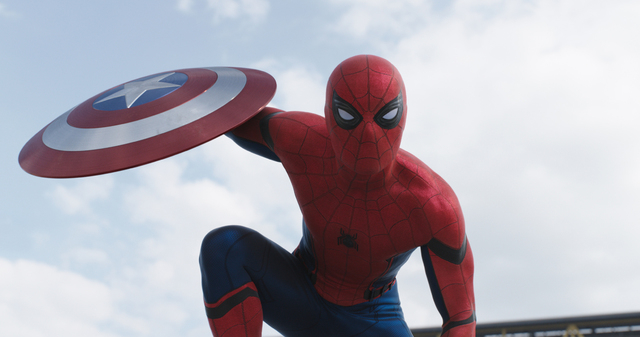
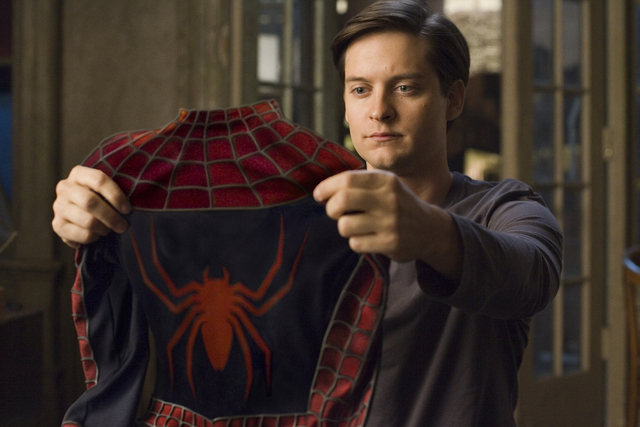
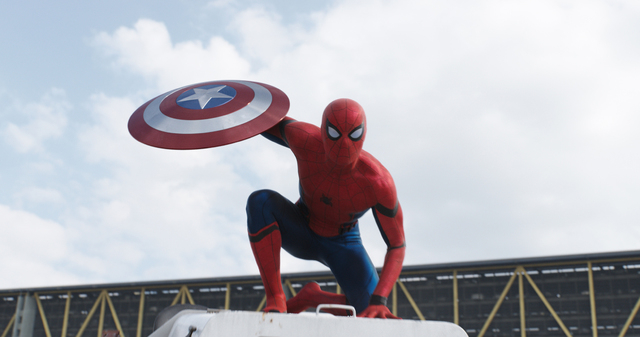

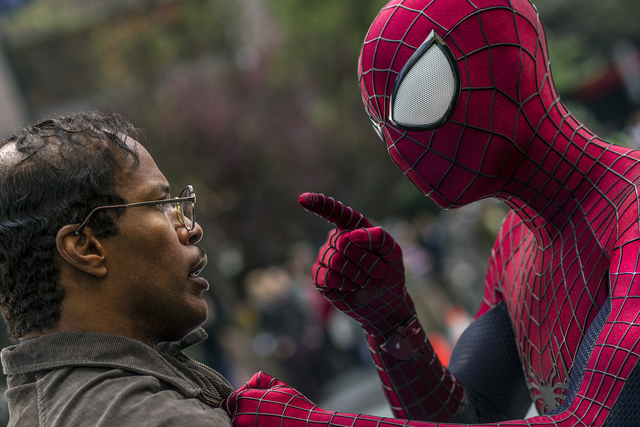
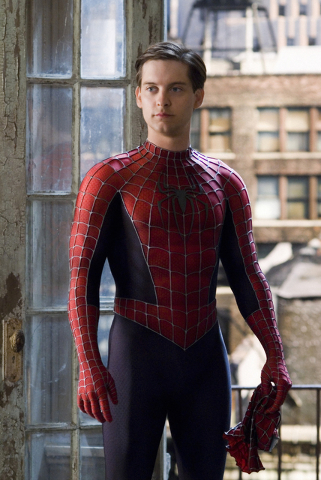
Hollywood changes its Spider-Man actors almost as often as some guys change their sheets.
The accountants had barely finished totaling the box-office receipts from 2007’s “Spider-Man 3” when Sony rebooted the franchise, replaced Tobey Maguire with Andrew Garfield and made him watch poor Uncle Ben die from a gunshot wound all over again in 2012’s “The Amazing Spider-Man.”
The movie was many things. Amazing wasn’t one of them.
The 2014 sequel fared even worse, critically as well as financially, as it barely earned half of the $403 million the original “Spider-Man” hauled in domestically all the way back in 2002.
“The Amazing Spider-Man 2” was supposed to set up a shared cinematic universe and a “Sinister Six” movie starring Spidey villains. Venom was going to get its own movie. There were even rumors of a standalone prequel for Aunt May.
When all of that came crashing down, Sony had no idea what to do with the character it had fiercely guarded since obtaining the movie rights back in 1999. (Facing bankruptcy earlier that decade, Marvel began selling off the film rights to various characters, which is why Fox produces all the “X-Men” movies and keeps trying to make people care about The Fantastic Four.)
Things were so bad, Sony finally turned to Marvel and agreed to let the wallcrawler, now played by 19-year-old Tom Holland, join the Marvel Cinematic Universe in “Captain America: Civil War” in exchange for Marvel’s help in guiding “Spider-Man: Homecoming” into theaters next summer.
With “Civil War” opening Friday, here’s a look back at the previous live-action “Spider-Man” projects:
THE GOOD
From “Spider-Man” through “Spider-Man 3,” Tobey Maguire was just about perfect as he balanced the innate dorkiness of Peter Parker with the growing confidence of a superhero.
OK, sure, sometimes there was too much confidence, like during that weird, emo, “Saturday Night Fever” strut in “Spider-Man 3.”
But, for the most part, there was a vulnerability to Maguire’s portrayal that connected with audiences to the point that “Spider-Man” was the first movie to break the $100 million barrier — earning a then-staggering $114 million — on its opening weekend. To illustrate just how rare a feat that was, five years later, “Spider-Man 3” was only the third movie, following 2006’s “Pirates of the Caribbean: Dead Man’s Chest,” to cross that threshold.
THE BAD
As opposed to the beloved original trilogy, “The Amazing Spider-Man” and “The Amazing Spider-Man 2” barely qualify as beliked.
Andrew Garfield’s Peter Parker was too pretty, too cool and, at times, a bit of a tool.
The reboot was a bad idea from the start as it once again went over Spidey’s origin story — the bite, Uncle Ben, honing his powers — just 10 years after “Spider-Man.” The only real difference was swapping out Kirsten Dunst’s Mary Jane Watson for Emma Stone’s Gwen Stacy.
But what really doomed those movies was the sequel, which shoved Spider-Man aside for far too long as it was more interested in introducing Electro (Jamie Foxx), the Green Goblin (Dane DeHaan) and the Rhino (Paul Giamatti) for future movies.
“The Amazing Spider-Man 2” was the original “Batman v Superman: Dawn of Justice.”
THE AWFUL
In the 1978-79 TV series “The Amazing Spider-Man,” Peter Parker (“The Sound of Music’s” Nicholas Hammond) was a graduate student working in a lab when he was bitten by a radioactive spider.
When he gained his powers, Hammond behaved more like he was tripping on acid.
Spider-Man’s wall-climbing resembled a cross between a bad yoga pose and a dog about to move its bowels.
And the less said about the short length of twine that flew out of his Velcro-attached web shooter — or his wad of pop-up Halloween store-caliber cobwebs that weren’t incapacitating in any way — the better.
THE EDUCATIONAL
“Spidey Super Stories,” featuring a silent Spider-Man whose dialogue was portrayed in comics-style word balloons, was a recurring part of the groovy 1970s educational series “The Electric Company.”
The webslinger took down bad guys such as The Wall, who would blend into the outfield at Shea Stadium and run toward the infield to allow an easy home run against Spidey’s beloved Mets, in sketches that usually co-starred or were narrated by Morgan Freeman.
THE BIZARRE
In the 1978-79 Japanese TV series known as “Supaidaman,” motorcycle racer Takuya Yamashiro (Shinji Todo) was given a life-saving “spider extract” by Garia, an alien from the planet Spider, who followed the evil Professor Monster to Earth 400 years ago and had been trapped in a cave ever since.
Garia also bestowed on Takuya the Spider Bracelet that contained the Spider Protector, aka his Spider-Man suit.
Spider Bracelet, which always made Takuya look like he was under house arrest, also was used to summon Marveller, the spacecraft that housed The Spider Machine GP, a flying, missile-firing car. When that wasn’t enough to take down Professor Monster’s Iron Cross Army — most of which looked like someone fused an enormous reptile with a robot and some of the less useful bits of a Swiss Army knife — Marveller would transform into a giant, Voltron-looking robot called Leopardon.
As the “Supaidaman” theme song so eloquently put it: “Yeah yeah yeah, wow! Yeah yeah yeah, wow!”
Contact Christopher Lawrence at clawrence@reviewjournal.com. On Twitter: @life_onthecouch.




